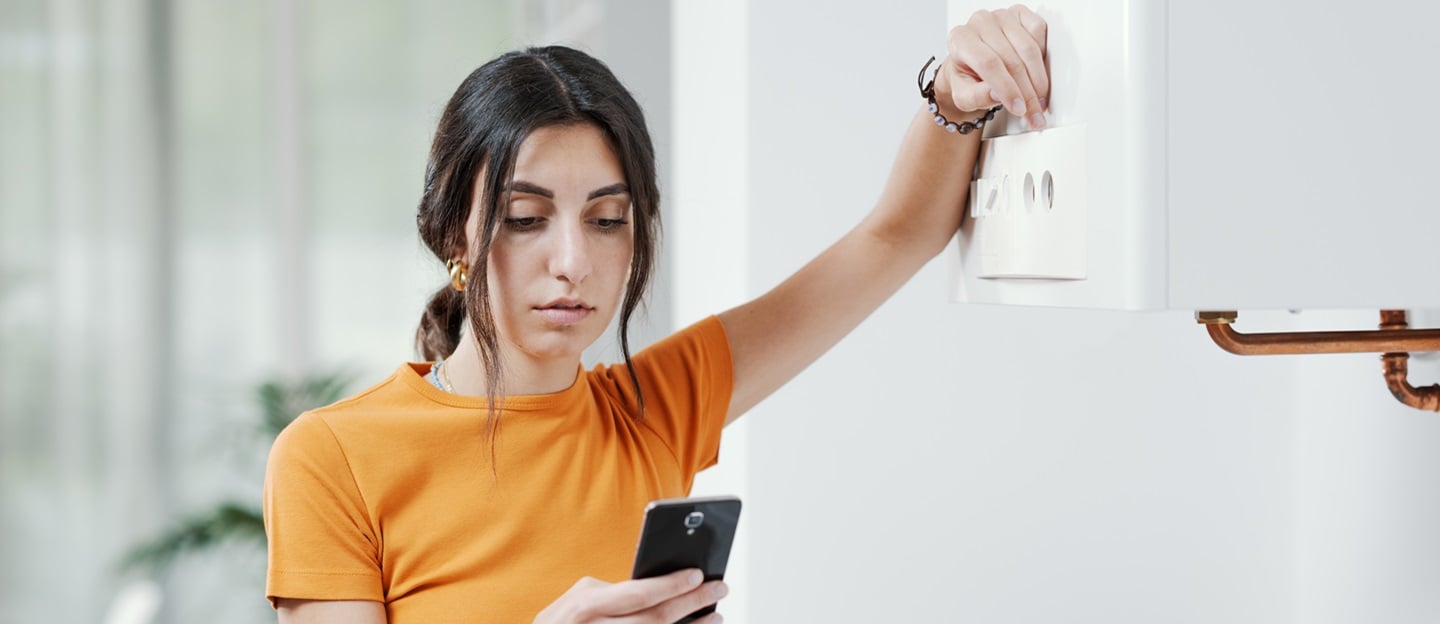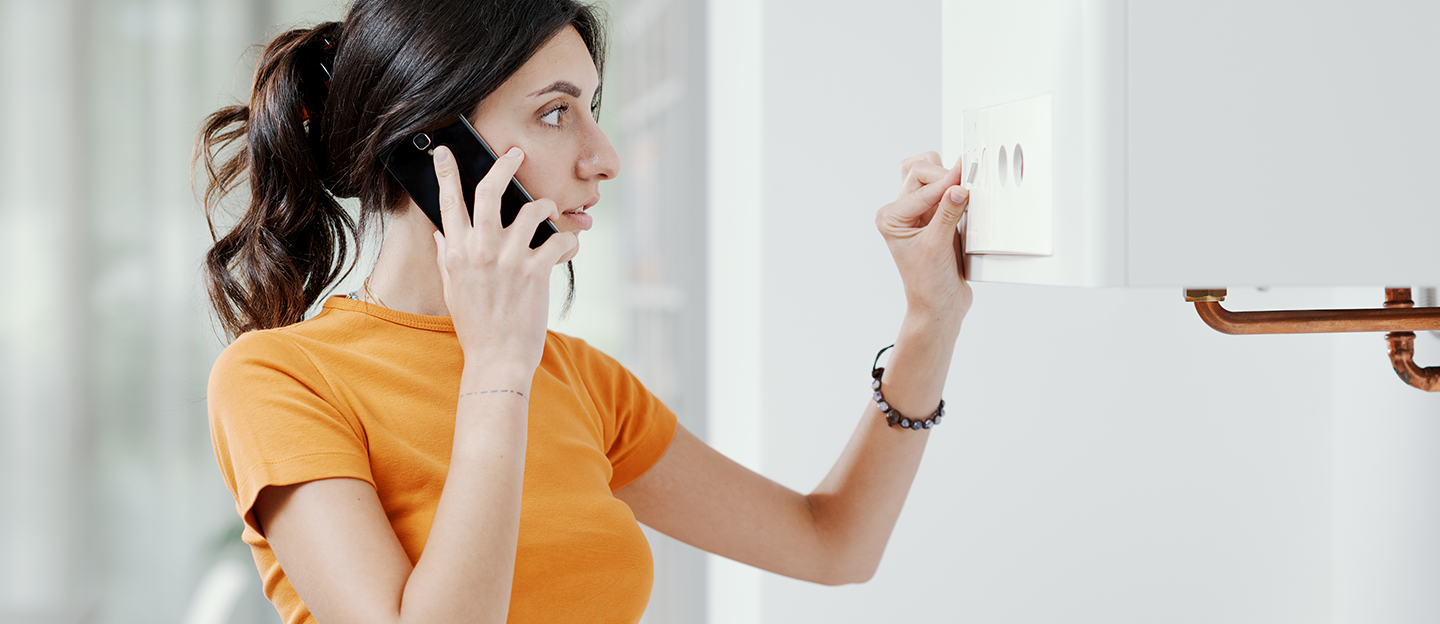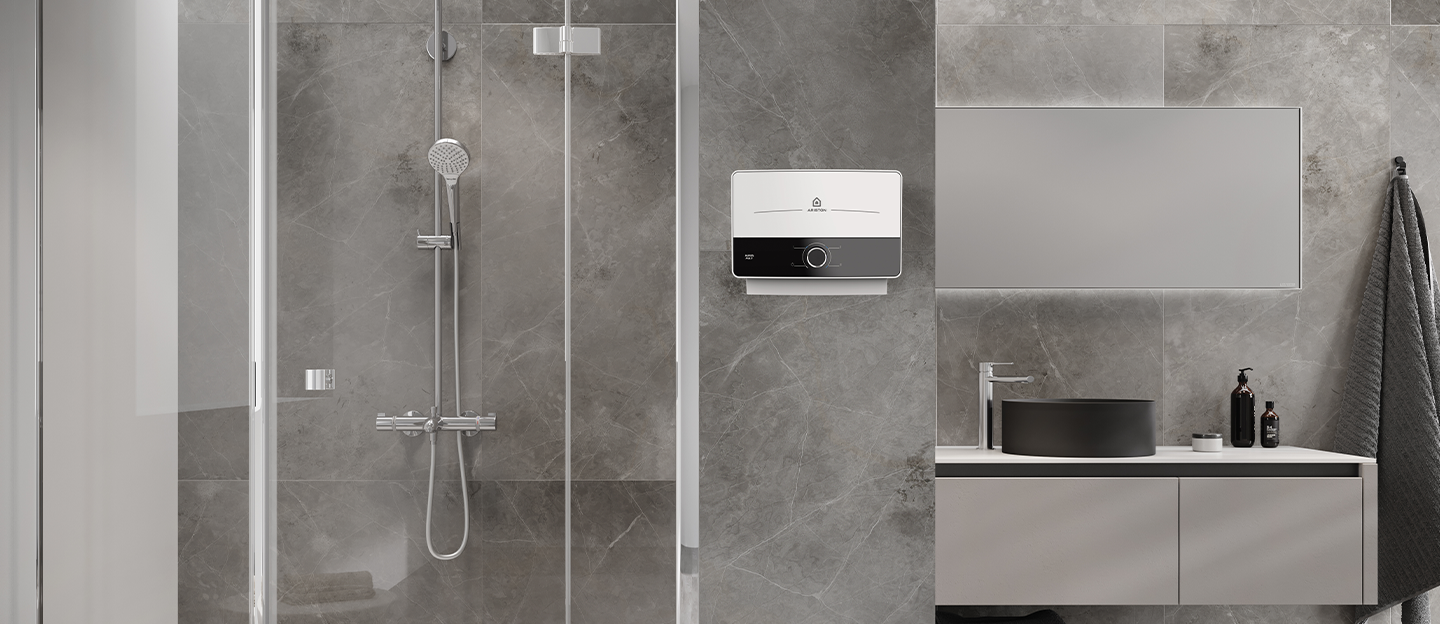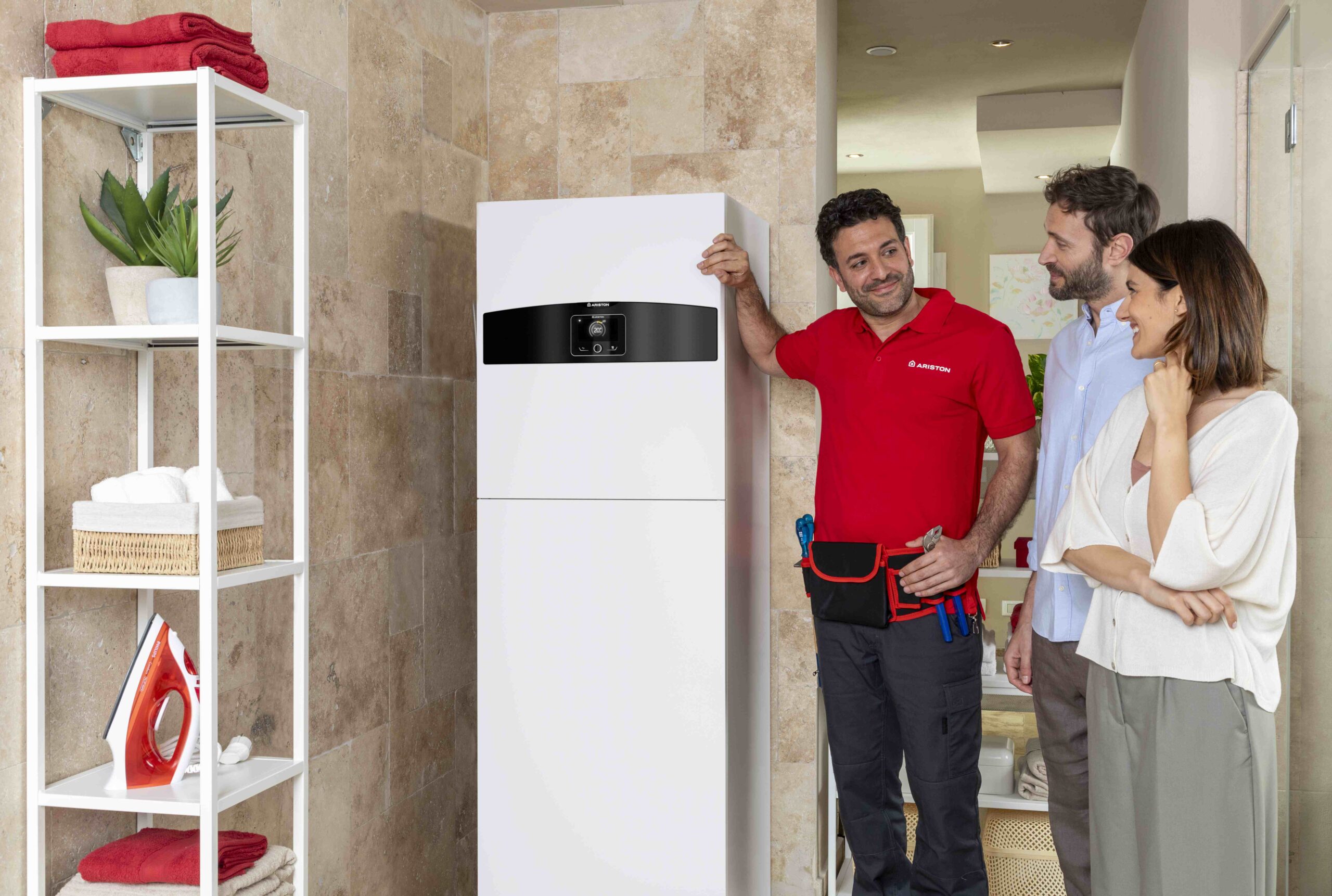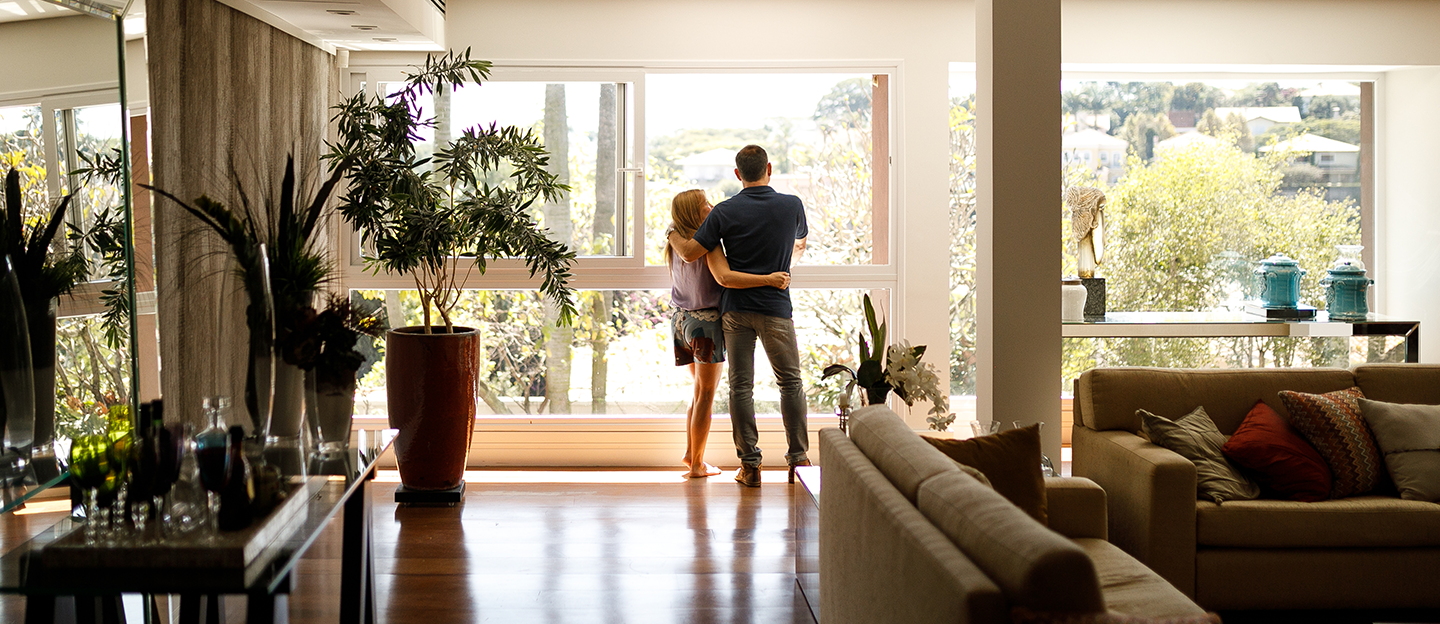Do I need a cover for my heat pump?
When we invest in equipment such as heat pumps, we want to make sure we protect them properly. This often raises a common question among homeowners, "Should I put a cover on my heat pump?"
In this article, we will explore the need to cover and protect your heat pump, especially during the winter season.
The importance of heat pump maintenance
Heat pumps have become a popular option for many homeowners because of their energy efficiency and heating and cooling capabilities.
However, like any appliance, they require regular maintenance to function at their best.
Being exposed to the outside environment, the heat pump can be susceptible to the elements, making it sometimes necessary and useful to cover it.
The dilemma of covering the heat pump
While it might seem like a good idea to cover the heat pump to protect it from rain, snow, sunlight, and debris, there is a fine line between protecting the unit and compromising its functionality.
Protecting the heat pump from debris and rain can extend its life, but a full cover can restrict airflow and make the pump less efficient and could actually be dangerous.
The key is finding a balance between protection and functionality.
What types of cover to choose?
When it comes to covering the external unit of your heat pump, it is vital to choose a product that won’t compromise the airflow.
The most effective type of heat pump cover are therefore the ones that combine aesthetics and functionality. Models with openwork panels are a good idea to protect the external unit from harsh weather conditions while allowing it to function correctly.
If you just wish to hide the external unit of your heat pump, a good solution might be positioning it in a protected area of your garden behind a wooden design screen, a hedge or a planter.
When is it advisable to cover the heat pump?
It is not always necessary to cover the heat pump. In fact, in some circumstances, it may be counterproductive.
- During the summer, it is important to ensure uninterrupted airflow to provide efficient cooling. Covering the pump during this period could compromise its performance. However, there are ad hoc covers that can circulate air smoothly.
- Covering may be more useful in winter, especially if your area is prone to heavy snowfall. However, if you use the heat pump to heat rooms during the winter, it's essential to ensure the cover does not impede proper airflow.
If, on the other hand, you use the heat pump only in the summer months, you can consider a full cover in winter, but you must remember to take it off before turning the system on.
Best practices for covering heat pumps.
If you decide to cover your heat pump, here are some tips for doing it correctly:
- Type of cover:choose a cover specifically designed for heat pumps. These covers are designed to protect the unit without compromising airflow.
- Installation:ensure the cover is securely fastened, but not overly tight. An overly tight cover can restrict air circulation.
- Regular inspection:check the heat pump regularly to make sure that the cover is in good condition and is not causing operating problems.
In conclusion, determining whether or not to cover your heat pump depends on the weather conditions in your area and your individual situation.
While proper protection can prolong the life of the unit, it is essential to ensure that it does not compromise performance.
Always remember to consult a professional or the manufacturer's manual before making a decision.
